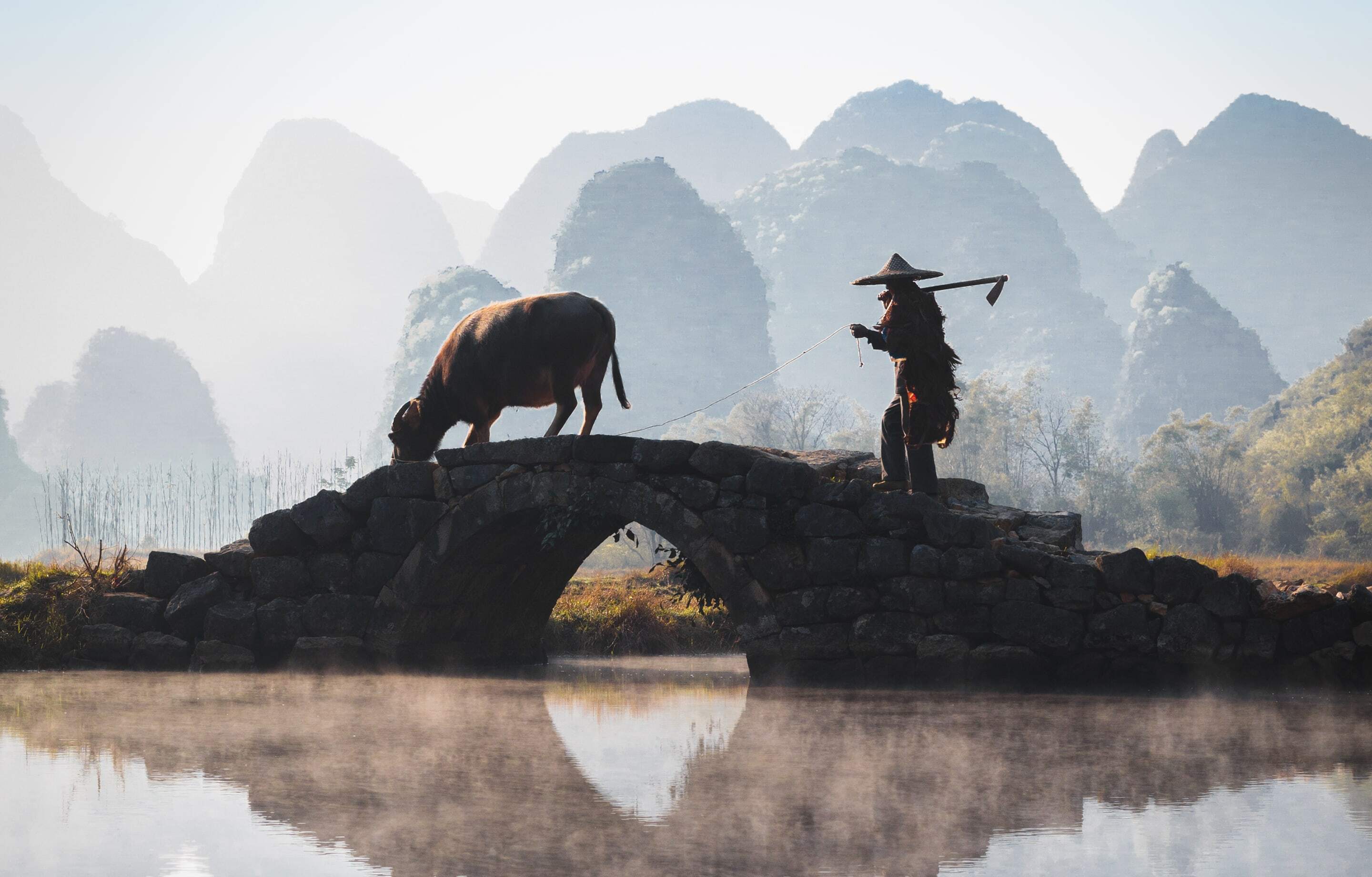- Duration
- 11 days / 10 nights
- Price Per Person
- From $9,500
The Philippines is an archipelago of 7,000 lush, tropical islands of great natural beauty, fascinating colonial remnants and some of the best beaches and diving in Asia. The Philippines features jade-colored rice fields, long, pristine beaches, clear turquoise waters, active volcanoes and rainforest-covered mountains. As one of the most diverse nations in Asia, the Philippines boasts fascinating tribal people in the more remote areas of northern Luzon, and in Mindanao, the southern Philippines, where few tourists ever venture.
Europeans first encountered the Philippines during Magellan's voyage to circumnavigate the globe in the early 1500s, when the archipelago was a disparate collection of tribal kingdoms. Subsequent Spanish missions succeeded in uniting the kingdoms under the Spanish flag, naming the country "Las Filipinas" after King Philip II. Colonized by Spain for over 300 years, then by the United States for another 40, the Philippines was a major Pacific theater of World War II, as the Allies sought to overturn the Japanese occupation. In 1946, the Philippines finally became an independent republic. Centuries of Western colonization have deeply influenced the culture, creating a unique amalgam of traditional Eastern practices and modern Western sensibilities.
Despite centuries of colonial rule, Filipinos are exceedingly friendly and outgoing and very welcoming to visitors. About 80 percent of its 94-million-strong population is Roman Catholic, and the Philippines is one of the largest English speaking nations in the world.
Explore in-depth information, experiences and highlights by navigating to specific regions using the links below.

With Remote Lands you'll travel with people who have made Asia the solitary focus of their own lifelong adventure. As our guest, you'll discover Asia on a journey that is completely, authentically your own, adapted from our own remarkable experiences and adventures over the years.
Throughout most of the archipelago, the best time to visit The Philippines is in the summer between December and February, when the weather is dry.
Multi-Country Specialists
An Asia-focused magazine brought to you by Remote Lands - a platform for adventure, luxury, and authenticity from experts and explorers around the continent.